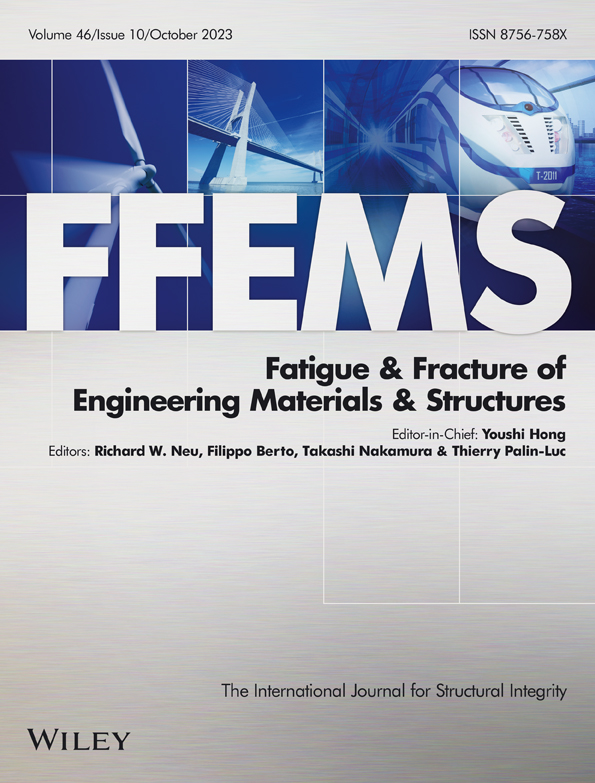The influence of printing strategies on fatigue crack growth behavior of an additively manufactured AISI 316L stainless steel
Abstract
Selective laser melting (SLM) is an additive manufacturing powder-bed fusion process that allows producing complex metallic parts with a relative density of up to 99.9%. Nevertheless, the mechanical properties of these components depend on numerous process variables, and there is a lack of systematic studies focused on SLM stainless steels. In the work herein presented, three specific printing strategies were X-Y patterned to manufacture Compact Tension specimens transversally, longitudinally, or chess-oriented, without any post-processing heat treatment. The specimens were made of AISI 316L austenitic stainless steel. Thereafter, fatigue crack growth rate (FCGR) tests were carried out at room temperature, at constant amplitude loading (R = 0.2), to determine the fatigue crack propagation constants of the Paris Law associated with each print strategy. It was possible to conclude that transversal additively manufactured specimens showed the lowest FCGRs, and all results were well below the fatigue design curve given in ASME BPVC, Section XI.
Highlights
- Three different printing strategies were used to manufacture CT specimens tested.
- Fatigue crack growth rates (FCGRs) of additively manufactured AISI 316L SS were determined.
- All FCGRs curves obtained were below the fatigue design curve given in ASME BPVC XI.
- Mechanisms of crack propagation were determined.
CONFLICT OF INTEREST
The authors declare no conflict of interest.
Open Research
DATA AVAILABILITY STATEMENT
The data that support the findings of this study are available from the corresponding author upon reasonable request.




